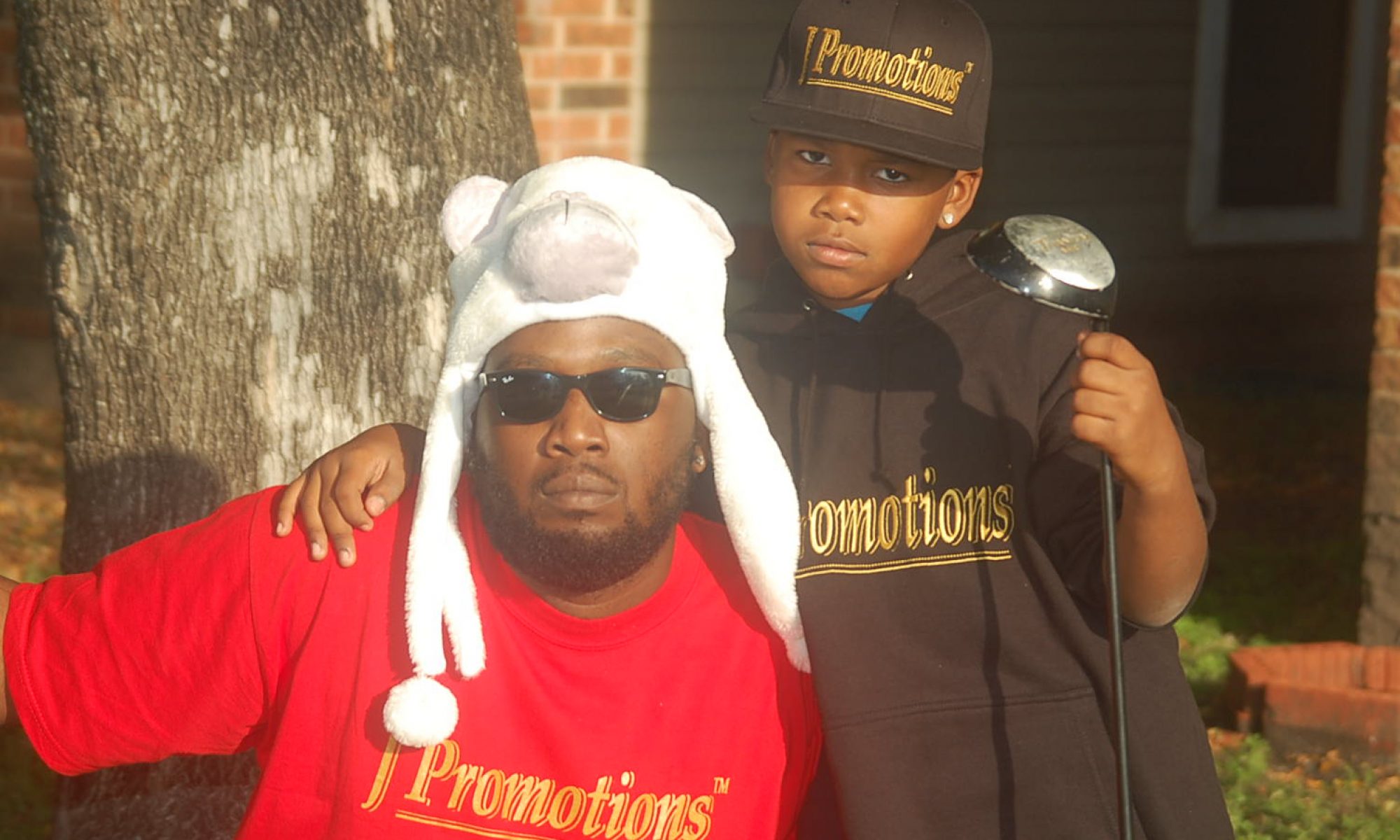function onPlayerReadyVidible(e){‘undefined’!=typeof HPTrack&&HPTrack.Vid.Vidible_track(e)}!function(e,i){if(e.vdb_Player){if(‘object’==typeof commercial_video){var a=”,o=’m.fwsitesection=’+commercial_video.site_and_category;if(a+=o,commercial_video[‘package’]){var c=’&m.fwkeyvalues=sponsorship%3D’+commercial_video[‘package’];a+=c}e.setAttribute(‘vdb_params’,a)}i(e.vdb_Player)}else{var t=arguments.callee;setTimeout(function(){t(e,i)},0)}}(document.getElementById(‘vidible_1’),onPlayerReadyVidible);
In one of the most aggressive capital punishment states in the country, a new prosecutor is drawing praise for her refusal to seek the death penalty in any of her cases going forward. But she’s also drawing harsh rebuke from the state’s Republican lawmakers.
State Attorney Aramis Ayala announced Thursday morning that death was off the table for criminal cases in Orange and Osceola counties, which are under her jurisdiction.
“I will not be seeking the death penalty in the cases handled in my office,” Ayala said. “Let me be very clear, however, I will continue to hold people who do harm to this community accountable for their actions.”
Ayala’s decision means she will not seek death for Markeith Loyd, who is accused of a December 2016 double murder. Loyd, 41, is charged in the slaying of Sade Dixon, his pregnant ex-girlfriend, as well as Orlando police Lt. Debra Clayton, who was shot multiple times.
Following her announcement, Ayala refused a demand from Republican Gov. Rick Scott that she recuse herself from Loyd’s case.
In response, Scott signed an executive order yanking Ayala from the case and reassigning it to State Attorney Brad King of Florida’s 5th Judicial District.
In a statement, Scott said he was “outraged and sickened” by the two murders.
“These families deserve a state attorney who will aggressively prosecute Markeith Loyd to the fullest extent of the law, and justice must be served,” Scott said.
Scott’s office did not clarify how it will respond to other capital cases that may arise while Ayala is in office.
function onPlayerReadyVidible(e){‘undefined’!=typeof HPTrack&&HPTrack.Vid.Vidible_track(e)}!function(e,i){if(e.vdb_Player){if(‘object’==typeof commercial_video){var a=”,o=’m.fwsitesection=’+commercial_video.site_and_category;if(a+=o,commercial_video[‘package’]){var c=’&m.fwkeyvalues=sponsorship%3D’+commercial_video[‘package’];a+=c}e.setAttribute(‘vdb_params’,a)}i(e.vdb_Player)}else{var t=arguments.callee;setTimeout(function(){t(e,i)},0)}}(document.getElementById(‘vidible_2’),onPlayerReadyVidible);
The struggle highlights the fault lines in Florida’s fraught capital punishment system, which has been the subject of scrutiny by the U.S. Supreme Court.
“In just over a year, Florida’s death penalty statute has twice been ruled unconstitutional,” Ayala said. “A new statute was enacted this past Tuesday morning. That’s Florida’s second death penalty statute in less than two years.”
In January 2016, the U.S. Supreme Court ruled in Hurst v. Florida that the state’s practice of judicial override was unconstitutional. The practice had allowed a judge to ignore a jury’s recommendation of life in prison to instead impose a death sentence. Alabama is now the only state that has judicial override, and it has a bill underway to scrap the practice.
Following Hurst, Florida still permitted death sentences by non-unanimous jury vote, requiring at least 10 votes rather than 12. Scott signed a bill Tuesday to require a unanimous jury vote in death sentences.
Ayala’s actions drew praise from groups opposed to capital punishment, including the Equal Justice Initiative, Amnesty International and the NAACP Legal Defense and Educational Fund.
Meanwhile, Orlando Police Chief John Mina and state Republicans including U.S. Rep. Bob Cortes and Florida Attorney General Pam Bondi, slammed Ayala’s stand as “dangerous” and outrageous.
“State Attorney Aramis Ayala’s decision today sends a dangerous message to residents and visitors of the greater Orlando area — furthermore, it is a blatant neglect of duty and a shameful failure to follow the law as a constitutionally elected officer,” Bondi said in a statement.
Ayala won election in 2016 in a race that, like all but three state judicial circuit races, was uncontested.
She explained her decision at the Thursday news conference by saying that, while she understood some law enforcement officers and victims’ families would be upset, her decision was based on evidence, not emotion. She pointed to the repeated legal setbacks endured by Florida’s death penalty system as well as its ballooning cost.
Sentencing someone to death in Florida costs roughly $2.5 million more than a life sentence of 40 years (the average age of Florida’s death row inmates when they commit their crime is about 30), Ayala said, citing figures from the American Bar Association.
Ayala also cited research indicating that the death penalty does not make law enforcement safer or reduce crime. Its only certainty is that the obstacles that range from legal challenges to drug shortages make it impossible to promise that the families of victims will get closure.
I am prohibited from making the severity of sentences the index of my effectiveness.
State Attorney Aramis Ayala
“Some are left waiting for an execution that will never occur,” Ayala said. “I cannot, in good faith, look a victim in the face and promise that a death sentence handed down in our courts will ever result in execution.”
She rejected the idea that automatically taking death off the table eliminates a valuable bargaining chip for prosecutors.
“One thing that I think is inhumane is to negotiate life,” she said.
“My duty is to seek justice, which is fairness, objectivity and decency. I am prohibited from making the severity of sentences the index of my effectiveness.”
Ayala said she would “absolutely” change her mind if evidence emerged to demonstrate Florida’s death penalty could be administered quicker, cheaper and error-free.
“This has been an inconsistent system since I took office,” she said.
In Denver, Beth McCann, a recently elected district attorney, said in January that she would refuse to pursue the death penalty. In a statement Thursday, she praised Ayala’s decision.
“The state should not be in the business of killing people. The other issue is the enormous cost and the years — even decades — of litigation involved in a death penalty case. The money the state spends on death penalty cases can be saved to prosecute others,” McCann said. “Life in prison is not a walk in the park. It provides appropriate severe punishment and keeps the defendant off the street, and life in prison with parole is certain and final.”
— This feed and its contents are the property of The Huffington Post, and use is subject to our terms. It may be used for personal consumption, but may not be distributed on a website.
Source: HuffPost Black Voices


